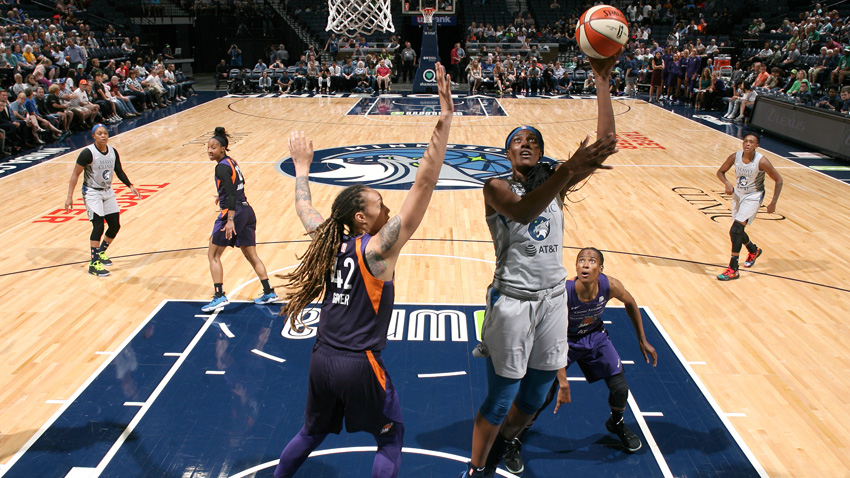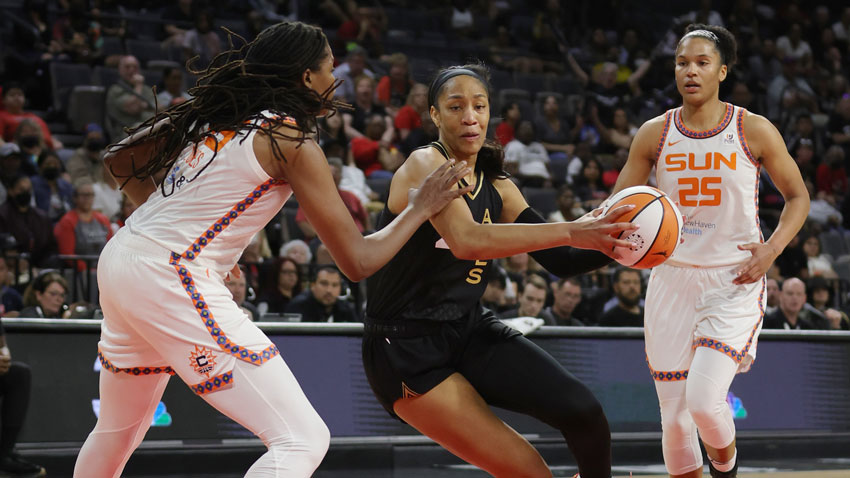WNBA Teams Joining the Three-Point Revolution

Basketball has evolved in recent years from a big’s game to guards shooting 25-foot shots like layups. Since the 2013 WNBA season, the league has seen a 22% increase in the number of three-pointers taken per team per game. Squads such as the Washington Mystics, Connecticut Sun and Minnesota Lynx have all begun to feature the three-point shot more prominently to bolster their offensive production.
Overall, teams are averaging about five more three-pointers per game than they did in the league’s inaugural season in 1997.
Mystics head coach and general manager Mike Thibault’s move to increase his team’s production from downtown has paid dividends this season. With the acquisition of Elena Delle Donne and premier three-point threat Kristi Toliver in the offseason, the Mystics started the 2017 season with three of the top four three-point shooters from 2016.
Fast forward to the All-Star break and the Mystics lead the league in three-pointers attempted per game at 21.4. This new-age offense featuring a barrage of threes has helped Washington boost its total points per game from 80.7 PPG in the 2016 season (10th of 12 teams) to 83.4 PPG (5th).
In addition to the Mystics, the Mercury and Lynx have found increased success from the three-point line this year. Of the top five teams in terms of record, the Mystics, Mercury and Lynx rank in the top half of the league in three-pointers attempted per game. Looking at efficiency from beyond the arc, the correlation is even higher. Four of the top five teams in the league are in the top half of the league in three-point percentage: Sun, Sparks, Mercury and Lynx.
Teams with the highest three-point percentages are not only winning, but they’re scoring significantly more points. The two teams with the highest three-point percentage, Connecticut is shooting 43% from downtown, and Minnesota is knocking down 37.8% of its three-point looks; those two rank first and second respectively in points per game this season. The Lynx, who currently have the league’s best record, have scored 22.5% of their points from three-point land, which ranks fifth in the league. The Sun, who have the WNBA’s fourth best record, have scored 24.7% of their points from long-range.
And success from long-distance has largely led to offensive success: Four of the top five teams in three-point percentage (Lynx, Sparks, Sun and Storm) also rank in the top five in Offensive Rating. That likely means one thing: The long ball is here to stay in the WNBA.
,xPosition=.5,yPosition=.5)
,xPosition=.5,yPosition=.5)
,xPosition=.5,yPosition=.5)
,xPosition=.5,yPosition=.5)